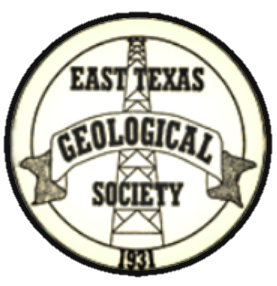NOVEMBER 2016 LUNCHEON MEETING
Maria Richards
presents
Roadmap to Developing Geothermal Energy in Texas
11:30 AM Wednesday, November 16, 2016
at the Cascades
4511 Briarwood Road
Tyler, TX 75709
BIOGRAPHY
Maria Richards
Maria Richards, SMU Geothermal Laboratory Coordinator in the Roy M. Huffington Department of Earth Sciences, researches and oversees Federal and State government grants and company contracts for SMU Geothermal Lab’s faculty, staff, and students. She also supports the Applied Geophysical Master’s program working with students in the field and using computer programs. Her primary research is focused on the conversion of oil and gas fields into production of geothermal energy. Maria is working with Faculty member Matt Hornbach on using Dave Blackwell’s original heat flow sites to access changes in surface temperatures. Maria is President-elect of the Geothermal Resources Council (GRC) and is a Named Director of the 2015-16 Board for the Texas Renewable Energy Industries Alliance (TREIA). Richards’ projects at SMU’s Geothermal Laboratory vary from computer-generated temperature-depth maps for Google.org to on-site geothermal exploration of the volcanic islands in the Northern Mariana Islands. Along with Cathy Chickering Pace, Richards coordinated the SMU Node of the National Geothermal Data System funded by the Department of Energy. Past research includes the Enhanced Geothermal System potential of the Cascades, Eastern Texas Geothermal Assessment, Geothermal Map of North America, Dixie Valley Synthesis, and the resource assessment for the MIT Report on the Future of Geothermal Energy. Maria has coordinated eight conferences focused on geothermal energy in oil and gas fields. Through the SMU Geothermal Lab outreach efforts Maria assists numerous companies and students world-wide to disseminate information on geothermal energy and resources. Maria holds a Master of Science degree in Physical Geography from the University of Tennessee, Knoxville and a B.S. in Environmental Geography from Michigan State University.
ABSTRACT
Geothermal energy is known for its reliable production of base-load power – the power needed to meet minimum consumer demands. This is possible in areas where geological conditions allow fluids to transfer heat from the Earth to the surface in self-flowing wells at high temperatures. However, geothermal resources at temperatures found in Texas oil and gas fields have widespread applications. Such resources can be used in binary power plants, combined heat and power plants, and city building heating with new storage technology. There is even new research on converting coal plants to large-scale geothermal production operations. In the recent work by UT BEG for the SMU’s Node of the National Geothermal Data System (NGDS), the amount of stored thermal energy in brine and dissolved methane along the Texas Gulf Coast was determined to be equivalent to 3,100 Giant oil fields. Like solar and wind, there is more potential geothermal resources below Texas than all of the current electrical demand several times over. Texas has the potential to remain “The Energy State” indefinitely.

